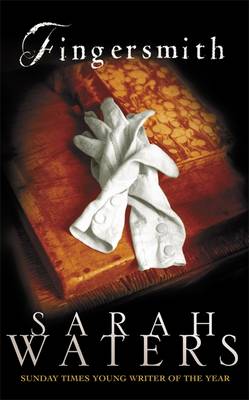Reviewed by brokentune on
"We were thinking of secrets. Real secrets, and snide. Too many to count. When I try now to sort out who knew what and who knew nothing, who knew everything and who was a fraud, I have to stop and give it up, it makes my head spin."
It was with some trepidation that I started on Fingersmith. This was said to be the book that was most resembling a Dickensian story. I don't rate Dickens highly. I don't mind him, but I was afraid that people loved Fingersmith because they love the Dickensian element which inevitably would not impress me much.
To my delight, the Dickensian setting was well suited to book but did not distract from the story, the layers, the characters, and best of all the writing.
There is not much to say about Fingersmith that has not been said already, and providing a summary of the plot will spoil the book. However, one of the main features that I enjoyed with this one was the language: the melodic, almost poetic, composition of some of the parts - which really need to be read aloud. For example, this part describes a train journey, and by reading aloud you can just about catch the rhythm of the train rolling on the tracks:
"Soon the train gives a hiss, and gathers its bulk, and shudders back into terrible life. We leave the streets of Maidenhead. We pass through trees. Beyond the trees there are open parklands, and houses - some as great as my uncle's, some greater. Here and there are cottages with pens of pigs, with gardens set with broken sticks or climbing beans, and hung with lines of laundry. Where the lines are full there is laundry hung from windows, from trees, on bushes, on chairs, between the shafts of broken carts - laundry everywhere, drooping and yellow."
Reading updates
- Started reading
- 31 October, 2014: Finished reading
- 31 October, 2014: Reviewed
